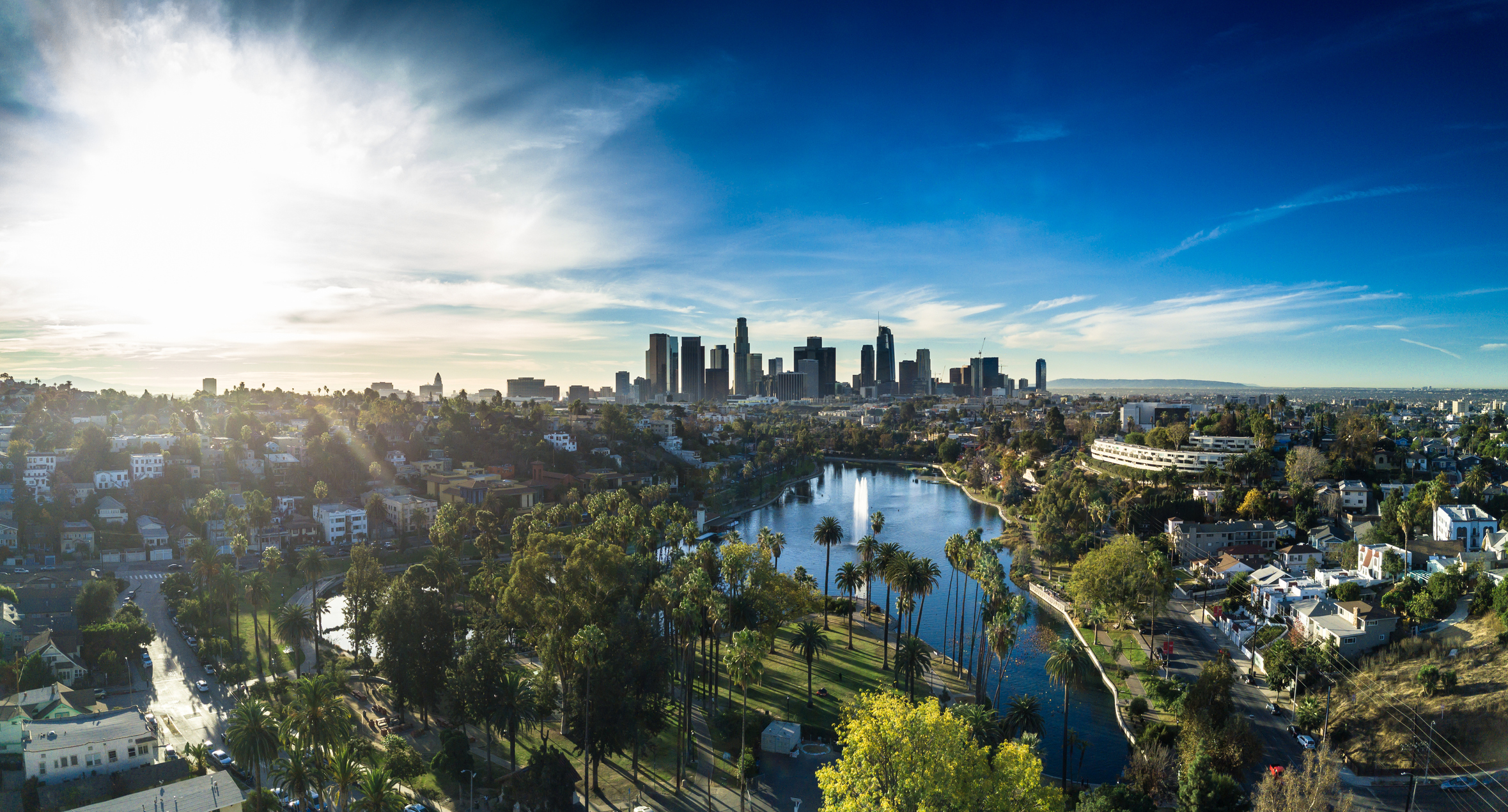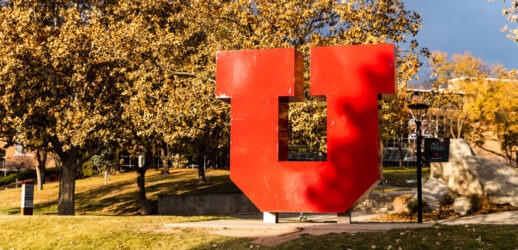On Wednesday, California lawmakers passed an extensive climate and clean energy bill with the goal of decarbonizing the state’s electrical grid, regulating projects to eliminate carbon from the atmosphere and eliminating new oil drilling near communities.
In addition, SB-1137 calls for the closure of the state’s last nuclear power plant, Diablo Canyon, to be postponed until 2030. The Diablo Canyon power plant produces 9% of California’s energy and is lauded by proponents of the legislation, who say the vote will help to stabilize the state’s power grid with a clean source of energy.
The bill includes the allocation of $54 billion to help protect California from climate crisis as the western United States continues to endure extreme heat and drought now spanning 22 years.
The budget will be used over the next five years and includes:
- $6 billion for electric vehicles
- $8 billion to decarbonize California’s power grid
- $15 billion for improvement to the state’s public transportation system
- $5 billion for measures to mitigate severe drought
The overall goal of the newly passed legislation is to codify new benchmarks in the state to have California at 90% clean energy by 2035, 95% by 2040 and 100% clean energy by 2045.
Read More: Healthy World: Is Net-zero Enough?
Hospitality, Tourism Industries Combat Climate Change
Measures in sustainability have been implemented across the board in tourism and hospitality industries, from more sustainable forms of travel to eco-friendly practices at hotels and meetings venues. Moreover, meeting profs have embraced sustainability, creating experiences that allow attendees to embrace and learn about sustainability and protecting the environment.
The passage of SB-1137 comes as reassuring news to industry profs who have been at the forefront of combating climate change. “This legislation plays an important role continually moving California and our destinations forward in recognizing the realities of climate change and taking responsibility for being part of the solution,” says Claudia Vecchio, president and CEO of Sonoma County Tourism.
“Climate change has definitely had an impact on tourism in Sonoma County,” says Vecchio. “The longevity of the drought has transformed how residents and businesses operate. As a wine region, the changing weather patterns have impacted how grapes are grown and the varietals that can thrive,” she continues.
Vecchio also noted the efforts of hotels in Sonoma County in water conservation—namely the reduction of water usage for landscaping. However, climate change has had a serious impact on many of the draws and attractions that make Sonoma County a prime destination. “As a wine region, the changing weather patterns have impacted how grapes are grown and the varietals that can thrive,” she says, adding that the dry conditions have also impacted recreational activities. “With lower water levels, some portions of the Russian River are challenging for those floating or kayaking on the river,” she explains.
Read More: Beyond Carbon-Neutral Hotels: Evolution of Eco-Friendly Hotels
Local Government Takes Action
Extreme weather conditions and drought are not the only problems caused by climate change for municipalities throughout California to contend with. Since 2017, Sonoma County has been subject to a rash of destructive wildfires that threaten structures, the iconic vineyard-laden landscape and the safety of area residents and guests.
In response to the problems caused by climate change, the County of Sonoma Climate Action and Resiliency Division and the Sonoma County Agricultural Preservation and Open Space District, enacted the Sonoma County Climate Resilient Lands Strategy as a collective effort to “Conserve, manage, and restore as much of the county as possible across public, private, natural, developed and agricultural lands,” among other measures, as temperatures in Sonoma County are expected to raise by five degrees Fahrenheit by the 2060s, according to the report.
The strategy also includes implementing improved agricultural practices, reducing methane emissions and sequestering carbon, while working to reduce the risk of a natural disaster.





